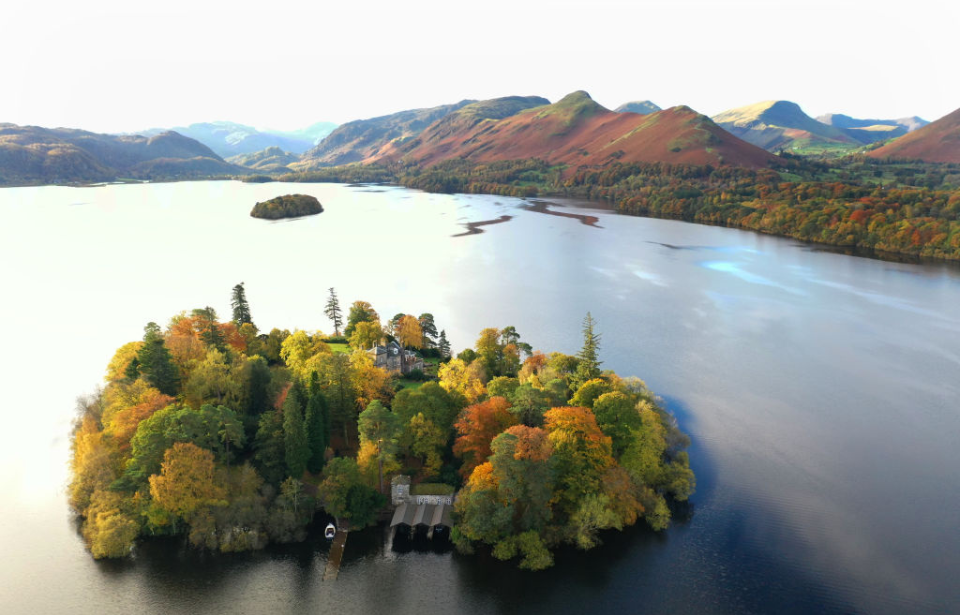The enchanting isle of Derwent in England’s countryside is home to sparkling waters surrounded by mountains and lush forests. The only residence on the island is Derwent Isle House, a manor with a storied past that is only open for the public to see five days a year. Let’s explore the beautiful scenery that inspired poet William Wordsworth, and the dark history that many overlook.
The island was originally owned by monks
The area known as Derwentwater dates back to before England was unified under the rule of one monarch, located in what was originally the kingdom of Cumbria. Bordering Scotland, Derwentwater is protected as part of the Lake District National Park in northwest England.
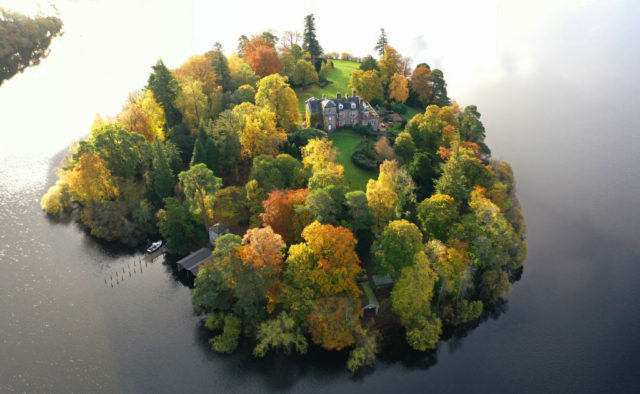
Derwent Island (or Isle, as the locals call it) is a small island situated in the middle of Derwent Lake. It was originally owned by Fountains Abbey, the largest and best preserved ruined Cistercian monastery in England. Located in North Yorkshire, the Abbey was founded in 1132.
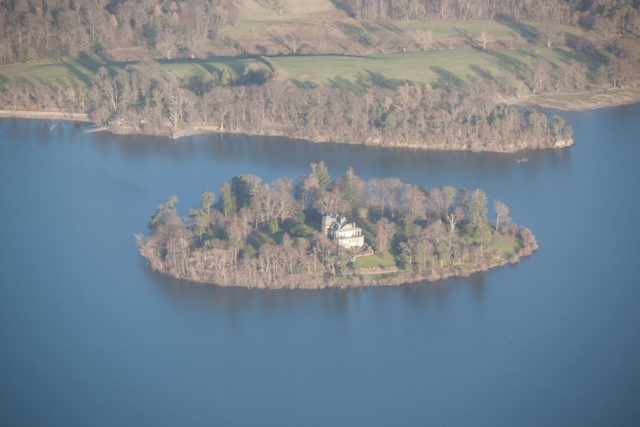
When Henry VIII ordered the dissolution of the monasteries as part of his Protestant Reformation, the island (then known as Vicar’s Island) was handed over to the Crown in 1539. Thirty years later, it was sold to the Company of Mines Royal, a subsidiary of a German mining company. The miners built a camp on the island where they kept animals, grew vegetables, and brewed beer.
An eccentric noble built the home
In 1778, Joseph Pocklington bought the island for £300. Pocklington built a large Italianate-style manor on the island complete with a boathouse, fort and battery, and a stone circle meant to emulate temples and ritual sites used by the ancient Druids. Pocklington thoroughly enjoyed the lakeside lifestyle, hosting regattas every year at which he fired his cannon in the island’s fort used for mock battles.
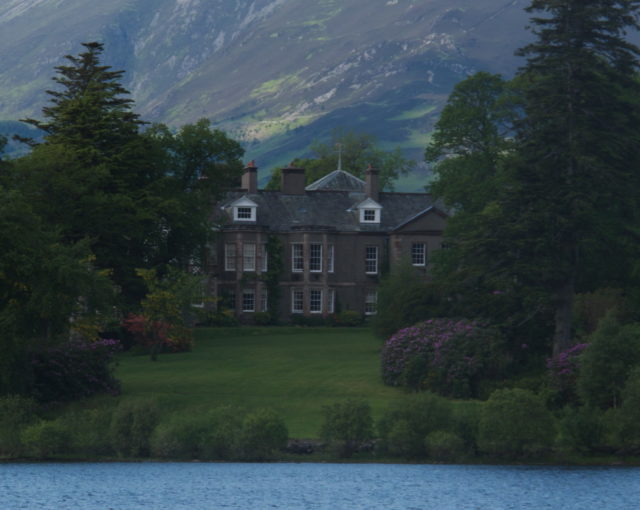
While many were amazed by the opulent home Pocklington had built on the island, one particular poet was less than amused by the spectacle. William Wordsworth supposedly hated that the large manor obscured the picturesque landscape of Derwent Island.
Wordsworth described Pocklington as “a native of Nottinghamshire, who played strange pranks by his buildings and plantations upon Vicar’s Island, in Derwentwater, which his admiration, such as it was, of the country, and probably a wish to be a leader in a new fashion had tempted him to purchase.”
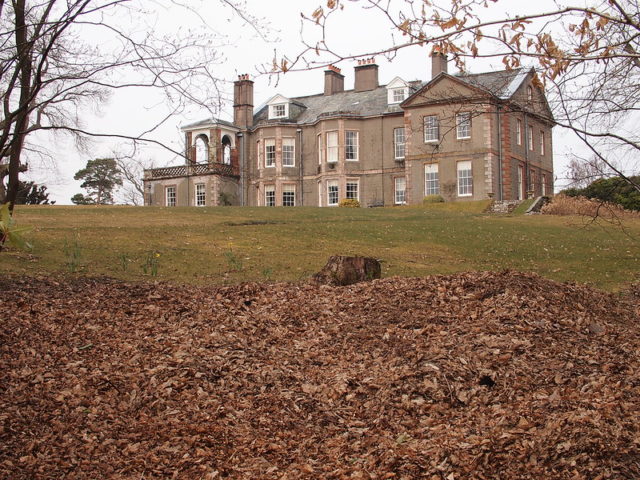
Pocklington sold the island to William Peachy in 1796, and the house was purchased again in 1844, this time by Henry Cowper Marshall. Marshall employed architect Anthony Salvin to add several new wings and a three-story tower to the house. The home stayed in the Marshall family until 1951 when Henry Marshall’s grandson Denis gave the property over to the National Trust.
Visiting the island
More from us: From Riches to Ruins: New York’s Haunted Bannerman Castle
Derwent Island House is still privately owned, but for five days each year, the National Trust opens its doors to the public. If you can make it to the home, you’ll cross the lake by canoe before landing on the island to explore the beautifully furnished house and sprawling gardens.
